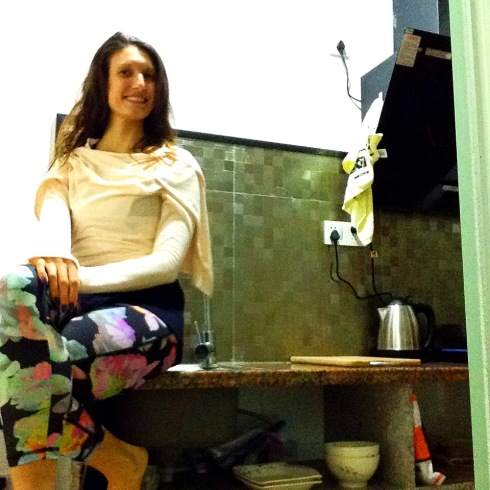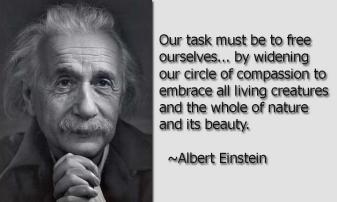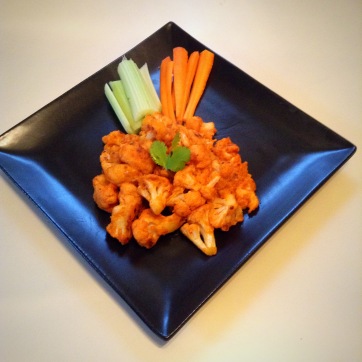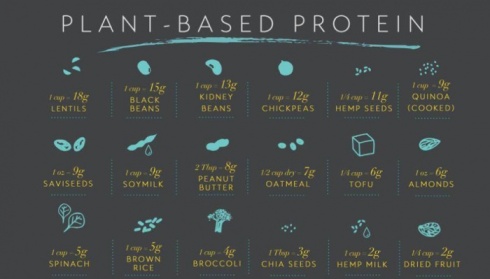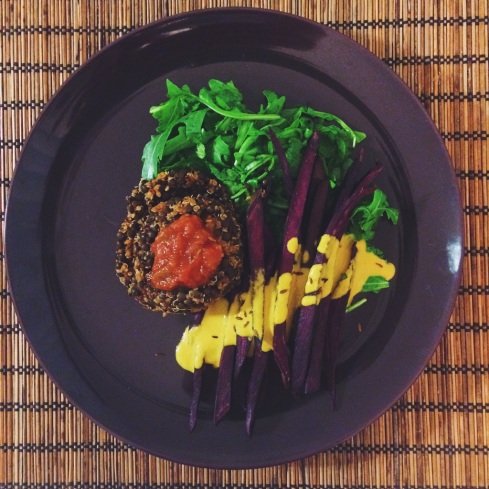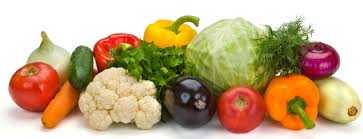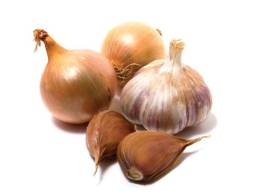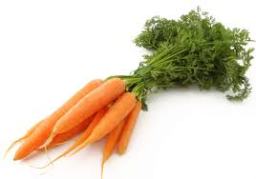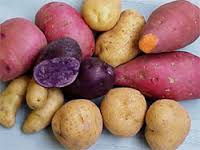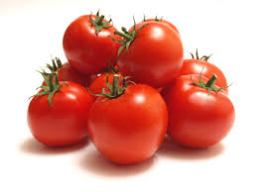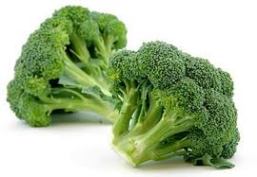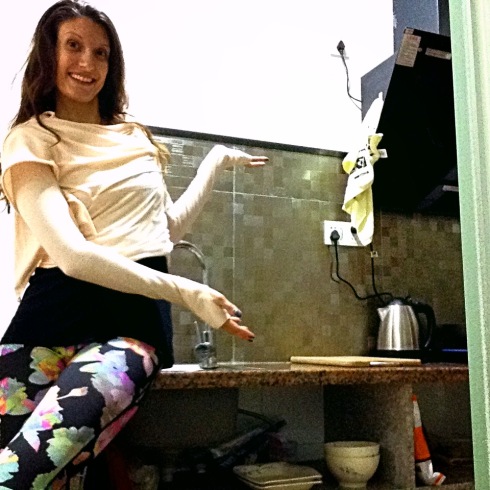
Recently I made a big move from the US to China for a teaching job, which is part of the reason for my extended writing hiatus. This was a major life change for me, as well as a way to experience a new culture and travel to a part of the world that is completely foreign to me. I think it is these experiences that promote the most growth within a person and I felt that I was ready for that in my life. I did find growth, but from a most unlikely place…my kitchen!
When I arrived in China, I had two weeks to look for and decide on an apartment. It ended up being easier that I expected, and as someone who loathes apartment hunting, I was eager to find something quickly. As someone who loathes apartment hunting, my search in China was short and sweet. After seeing just three options, I decided on one that was close to both my job and a metro stop. The location was perfect, the price was right, and there was even a great fruit stand right outside! My only reservation…the kitchen (or lack thereof). With only a sink, hotplate and small counter, I felt downtrodden upon the first viewing. However, after some contemplation, I decided to take the apartment, tiny kitchen and all. Let me tell you how my kitchen taught me some valuable life lessons.
Be grateful for what you have
Gratitude is a magical emotion. When anything is done from a place of gratitude, your perspective on that thing or situation changes. Suddenly whatever may have been bothering you simply does not matter any longer. You see what you have in a new light and can appreciate the gifts that you have. My kitchen may be small, but I have a roof over my head and a safe place to call my own. In fact, this is the only time in my life I’ve lived on my own and am enjoying every moment. Therefore, the fact that there is a tiny kitchen should not even register in my mind. After putting things into perspective, I was able to see the situation with new eyes and start to appreciate what I have instead of look at what I lack.
Be flexible
How much could I possibly create with a hotplate and electric kettle? The answer might surprise you. I have whipped up meals of bok choy with mushrooms and tofu, spicy vermicelli noodles and some great salads. I may be limited in space, cooking equipment and familiar ingredients, but isn’t part of the fun in creating something about learning how to work with what you have? After all, if we all had unlimited access to whatever we wanted, how would we ever be challenged and encouraged to grow? Learning how to stay flexible and veer from the intended plan is a valuable life lesson that I have had to be reminded of over and over. Perhaps my tiny kitchen will finally be the thing that allows this lesson to really permeate into my being.
Release expectations
Anyone who lives and breathes on this planet can attest to the fact that life does not always go according to plan. My original plan of coming to China, exploring local ingredients, creating new recipes and hosting dinner parties was quickly foiled by my tiny kitchen. However, it was me that was in the wrong by holding expectations of what my time in China would be like. Any time that you have expectations of what something will be like, you are setting yourself up for disappointment. I have been guilty of this in the past with classes or events that I’ve hosted. They certainly did not all turn out as I had imagined in my head, but they were all still wonderful in their own way.
Let go of identity
Vegan, yogi, cook, writer; these are some words that I’d come to identify myself with. Cooking is not only my hobby, it is my passion and was my livelihood for a time. If I didn’t have my kitchen to make my creations, then who was I? The answer…me! I’m still the same person I was before. These labels do not define me or give me value one way or the other. Letting go of these things that I had come to identify myself with has been very liberating and I now have the space to just ‘be’.
At the end of the day, it all comes down to living life with a grateful heart. Give gratitude for what you have and you will never feel like you are lacking anything.
